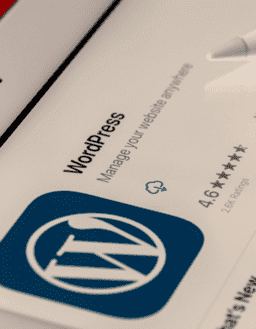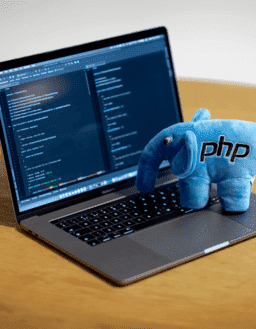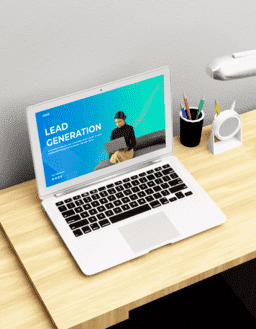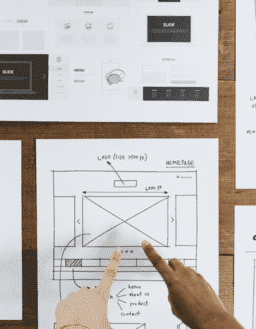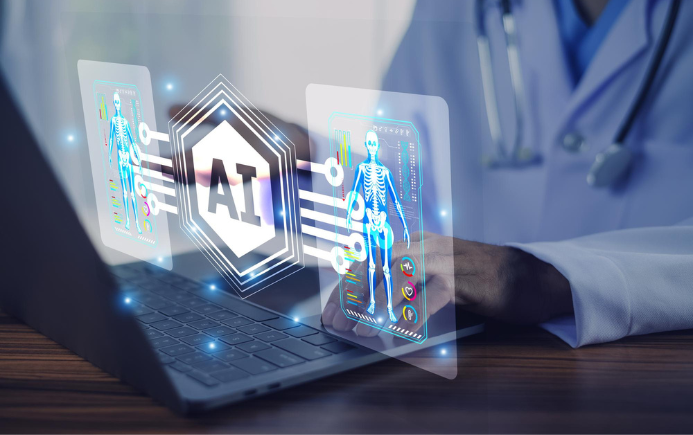
AI is no longer a thing of the future in healthcare. It’s already here, making diagnoses better, automating tasks, and tailoring patient experiences. But a lot of companies still have a significant question: how do we really get ready for AI integration?
If you own a clinic, a diagnostic center, or a digital health firm, switching to AI for business needs more than simply technology. It needs a clear plan, trustworthy collaborators, and data that is ready to go.
This article shows you how to successfully integrate AI into your healthcare business by showing you how to find opportunities, work with the proper AI company, and make sure you follow the rules at every stage.
Step 1: Identify Where AI Can Help
Clearly defining the issues you want AI to address is necessary before making any technological investments. Setting business goals, not simply technological possibilities, is the first step to successful AI integration.
AI can assist in automating making appointments, make the process of taking in new patients easier, help with diagnosis, estimate how well therapy will work, and get patients more involved. For example, an AI app can sort through patient questions or send reminders for follow-ups, which minimizes the staff’s load and speeds up response times.
So, what’s the main goal of AI in healthcare? Simply put, it’s to help doctors, nurses, and healthcare teams work smarter and deliver better care. AI can take over time-consuming tasks, catch patterns in data that humans might miss, and support faster, more accurate decisions. The end goal isn’t to replace people, it’s to give them better tools so they can focus on patients, not paperwork. When done right, AI makes healthcare safer, more efficient, and more personal for everyone involved.
You don’t need to use AI everywhere; just use it where it really helps. Perhaps you want to predict patient risk, or you need to do a better job of analyzing data.
If you work with AI service providers, they can help you find quick wins through smaller artificial intelligence projects before you scale up. This method keeps your change strategic instead of experimental, making sure that AI improves your current processes instead of making them worse.
Step 2: Partner with the Right Experts
The success of your project depends on choosing the best AI development company. Healthcare AI needs more than just coding abilities. You also need to know about the field, the rules, and how to handle sensitive patient data. You also need to know about the field, the rules, and how to handle sensitive patient data.
Check out your partner’s background beforehand. Are they experts in AI development for healthcare? Do their AI developers understand GDPR or HIPAA regulations? Seek out an AI company that can match your operational and clinical objectives with technical execution.
Numerous healthcare organizations work with artificial intelligence development companies that focus on predictive modeling, analytics, or medical imaging. These teams usually offer a full range of AI development services, from making a prototype to implementing it into use, making sure that it meets all requirements and can grow.
You also lower your chance of having to do expensive rework and make sure your solution works securely and effectively when you deal with experienced AI specialists.
Step 3: Focus on Data and Compliance
The quality of your data affects how good your AI is. High-quality, well-organized data leads to better predictions and insights. This also means making sure that data is safe and confidential at every level of artificial intelligence development for healthcare.
When using ai software development, data governance should be your top priority. This includes things like anonymization and access restriction. Maintaining your patients’ trust is just as important as avoiding penalties.
Working with artificial intelligence developers who know the rules and laws for healthcare will make sure that your systems are both legal and moral. They can help you create artificial intelligence solutions that protect your privacy while making the most of your data.
Trustworthy AI service providers will help you with audits, paperwork, and making sure your models work. Keep in mind that responsible AI development isn’t only a technological issue; it’s also a societal one. It involves making sure that your process is open and safe from the start.
Step 4: Build and Test Responsibly
It’s time to develop once your data and plan are set. Begin with trial artificial intelligence projects that tackle particular, quantifiable issues. You may test your ideas, learn rapidly, and improve them before you grow with this method.
Modern techniques like generative AI can help with things like writing down medical notes, making records, and talking to patients. At the same time, the best ai tools for healthcare can look at complicated datasets to find dangers or make diagnoses more accurate.
Work closely with your AI software development team to set up feedback loops. Testing your models in the real world makes sure they work safely and well. Keep clinicians involved in the process because their knowledge is very helpful in checking AI output.
If you think of development as a never-ending cycle of testing, learning, and improving, you’ll come up with solutions that are both new and reliable.
Step 5: Train Your Team and Scale Up
AI is about people as much as it is about technology. Your team has to know how AI fits into their regular work in order for AI integration to operate.
Provide workshops and training sessions that outline the benefits of AI tools and their proper usage. Get your clinical and technical teams to work together so that everyone is sure about the adjustment.
A lot of healthcare businesses hire AI experts or consultants to help them embrace AI and make sure the changes go smoothly. If you hire an experienced AI company that offers continuing AI services and support, your staff will be able to adapt and keep improving their performance.
A good AI development service provider will also assist you in growing your solutions from the pilot stage to use across the whole company without causing any problems. Getting people and processes ready together guarantees that success lasts.
Conclusion
Integrating AI into healthcare isn’t just about upgrading technology; it’s about rethinking how your organization delivers value. The key is preparation: define goals, find the right partners, protect your data, and build a culture of trust and learning.
Whether you’re just starting with AI development or expanding existing systems, success depends on planning and patience. Partner with reliable artificial intelligence development experts who understand healthcare, and let AI become a strategic advantage rather than a tech experiment.
The future of healthcare belongs to businesses that embrace AI integration with purpose, transforming care delivery, operations, and outcomes through intelligent innovation.
Frequently Asked Questions
1) Is AI safe to use with sensitive patient data?
→ Yes, when developed and deployed responsibly. Working with an AI partner that understands data governance and compliance ensures both patient safety and legal adherence.
2) What are some real-world examples of AI in healthcare?
→ AI is used for image-based diagnosis (like radiology scans), personalized treatment plans, chatbots for patient support, predictive analytics for hospital management, and automated documentation through natural language processing tools.
3) How can healthcare businesses choose the right AI development company?
→ Look for partners experienced in AI for healthcare, with proven expertise in HIPAA/GDPR compliance, data handling, and clinical workflows.







